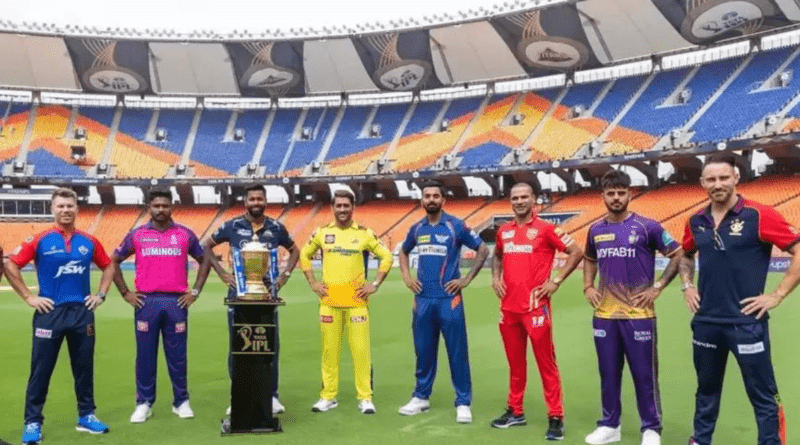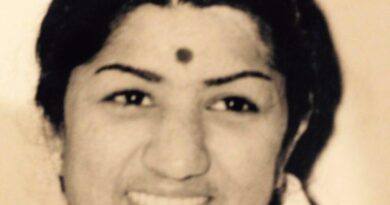Know Why The Indian Premier League Is Popular
Even though they did not create the “gentleman’s sport,” India is currently perhaps the world’s cricket hotspot.
2005 saw the play of the inaugural Twenty20 International between Australia and New Zealand. At the time, following ODIs and tests, it was the most recent format. Two years later, in 2007, we were faced with a different World Cup, which was known as the ICC World Twenty20 at the time.
In the same year that they were memorably eliminated from the 50-over World Cup group stage, including a shocking defeat at the hands of Bangladeshi minnows, India emerged victorious in the inaugural T20 World Cup.
The Indian Premier League (IPL) was established as a result of the format’s increased popularity, which was fueled by both the excitement of the game and India’s victory. The IPL is currently the largest and most influential (financially) franchise T20 competition globally.
Let’s examine the factors that contribute to the IPL’s enormous global appeal.
One of the things that most intrigued supporters about the IPL’s introduction was the idea that the top players in the world would be playing opposite and alongside each other.
It was a venue where cricketers from India would compete against players from all the main world cricketing powers—the kind of crossover that was necessary for the IPL to become well-known.
Who would have guessed that India’s Sachin Tendulkar and Sri Lanka’s Sanath Jayasuriya, two formidable batting forces, would open the innings together?
Who would have imagined that Sourav Ganguly and Pakistan’s Shoaib Akhtar would be sharing a celebratory moment after a wicket?
“Cash-rich” Indian First Division
IPL is a massive money-making enterprise. The collective valuation of the teams in this league exceeds hundreds of millions of dollars.
The Star Network paid INR 16,347.5 crore for the IPL’s digital and broadcasting rights between 2018 and 2022. From 2023 to 2027, the sum nearly tripled.
The IPL is expected to earn more than INR 48,000 crore between 2023 and 2027. JioCinema, supported by Mukesh Ambani, secured the INR 23,758 crore digital streaming rights, while Star Network kept the INR 23,575 crore television rights.
Not only that, but every franchise owner contributes money to the league on a yearly basis. However, franchise auctions, where prospective franchise owners turn up to purchase new franchises, also yield a sizable sum of money. Analysts predict that by 2027, there will be 12 teams in the league, four more than there were in 2008.
Ticket sales, merchandise, sponsorships, and advertising are some of the IPL’s other significant revenue streams.
Glamour and participation by celebrities
Several well-known Indian celebrities who own or co-own franchises and are frequently seen at the games include Shah Rukh Khan (KKR), Preity Zinta (PBKS), Shilpa Shetty (RR), and Nita Ambani (MI).
The IPL is more than simply a league; it’s an exciting fusion of cricket and entertainment. The league has expertly combined the sport with glitz and theatre to produce a unique spectacle that is appealing to a broad audience.
Every year, the Indian Premier League opens with a spectacular cheer squad, musical performances, and Bollywood celebrities.
These elements lend the league a grandeur that is unparalleled in cricket. The entertainment aspect has attracted both die-hard cricket fans and a more laid-back, diverse population looking for something more than just a game.
The ideal stage for young people to become overnight celebrities
Because of the league’s popularity and the enormous stakes involved, it’s easy for unknown players to launch themselves to stardom overnight.
The most recent example is Dhruv Jurel, who smashed an undefeated 32 off just 15 balls in his inaugural IPL innings after entering as an impact substitute. Less than a year later, he has already played for India in two Test matches.
The league is home to the greatest and most well-known athletes in the world, but it also gives younger players an excellent opportunity to pick up tips from more experienced players with a variety of international playing backgrounds. It speeds up their transformation from boys to men and gets them ready for the grind at the top levels.




